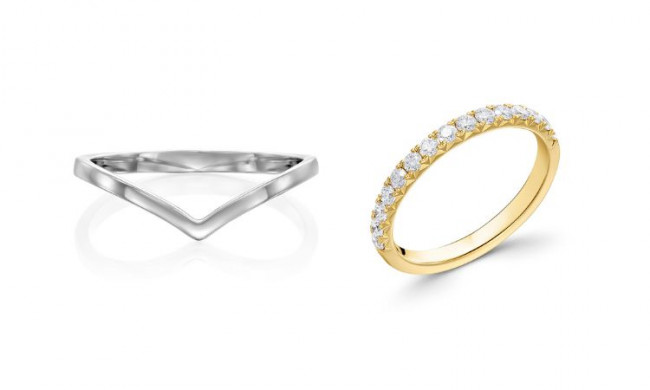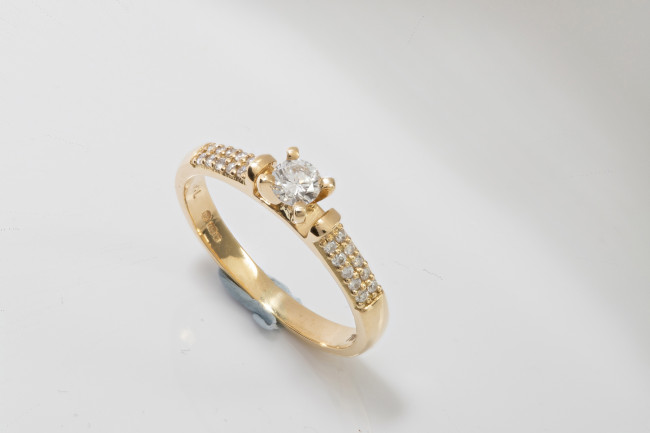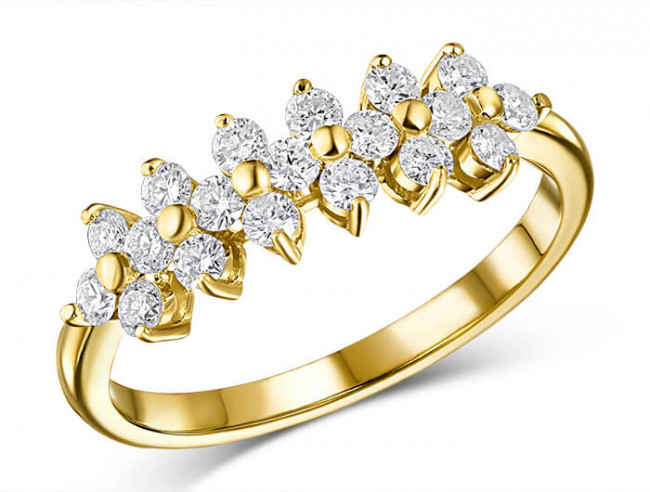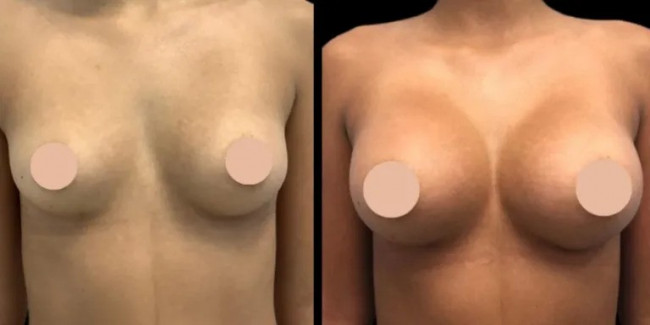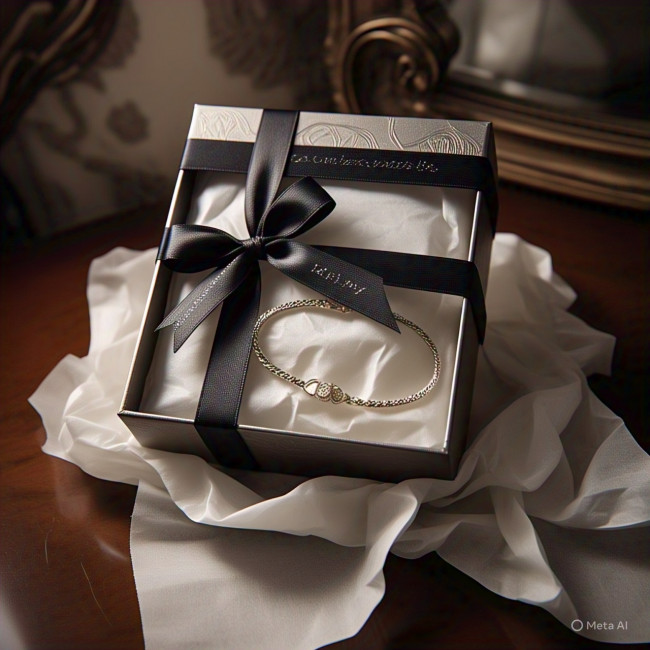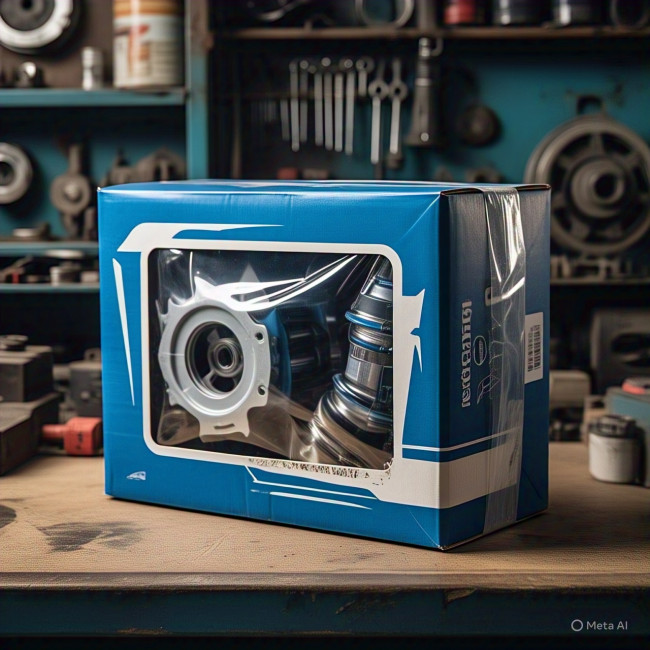Jewelry photography is an intricate art form that demands attention to detail, precision, and an understanding of aesthetics. Whether you are a professional photographer, a designer, or someone keen on mastering the skill, jewelry retouching plays a pivotal role in elevating the quality of your visuals. This guide will walk you through the essential steps and techniques of jewelry retouching to create stunning images that captivate viewers and highlight the beauty of each piece.
Understanding the Importance of Jewelry Retouching
Jewelry retouching is more than just enhancing a photograph; it's about refining every detail to achieve perfection. The primary goal is to bring out the brilliance, sharpness, and true colors of the jewelry while eliminating imperfections. High-quality retouching can make the difference between an average image and one that resonates with luxury and elegance. Given the competition in the market, especially in e-commerce, exceptional visuals are crucial in making your jewelry stand out.
Setting Up for Success: The Right Tools and Environment
Before diving into the retouching cloud process, it’s essential to ensure that you have the right tools and environment for the job. Start with a high-resolution camera and proper lighting setup to capture the finest details of the jewelry. Using a macro lens can help you focus on small elements like gemstones, intricate patterns, and settings.
When it comes to software, Adobe Photoshop is the industry standard for retouching, offering a wide range of tools to perfect your images. Ensure that your computer is calibrated for accurate color representation, and work in a clutter-free environment to maintain focus.
Preparing the Image: Cleaning Up and Cropping
The first step in the retouching process is to clean up the image. Begin by zooming in on the jewelry piece and identifying any dust, scratches, or blemishes. Use the Spot Healing Brush or Clone Stamp tool in Photoshop to remove these imperfections. It’s essential to work carefully to avoid affecting the texture or natural appearance of the jewelry.
Next, crop the image to focus on the jewelry piece. Keep in mind the composition and balance of the image; the jewelry should be the central focus without unnecessary distractions. Consider the platform where the image will be displayed—whether it's a website, social media, or a printed catalog—and crop accordingly.
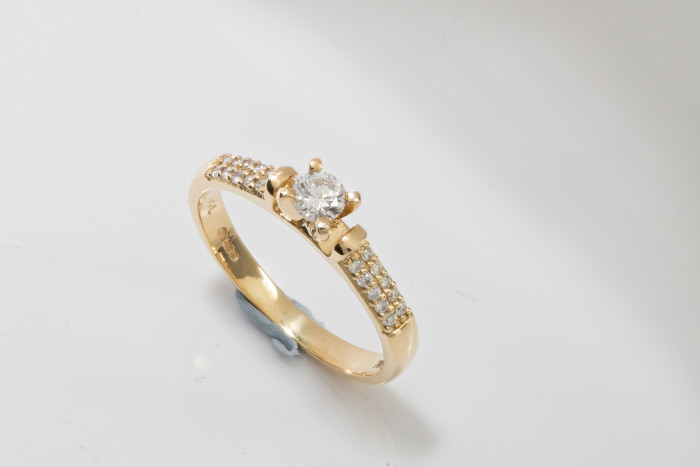
Enhancing the Shine and Sparkle
One of the key aspects of jewelry retouching is enhancing the shine and sparkle of the metal and gemstones. Begin by adjusting the brightness and contrast levels to bring out the natural brilliance of the materials. Use the Dodge and Burn tools to highlight the reflective surfaces and create depth, giving the jewelry a more three-dimensional appearance.
For gemstones, focus on enhancing their color and clarity. Select the gemstone using the Lasso or Pen tool and apply selective adjustments to saturation and vibrance. This will make the colors pop without altering the natural beauty of the stone. Additionally, you can add a subtle glow or sparkle effect using the Brush tool with a low opacity setting.
Perfecting the Metal Surface
The metal surface of the jewelry is another critical area that requires attention. Metals like gold, silver, and platinum should appear smooth, reflective, and free from any blemishes. To achieve this, use the Clone Stamp tool to eliminate any scratches or imperfections.
Next, work on refining the edges of the metal to ensure they are crisp and sharp. This can be done using the Pen tool to create precise selections and applying a slight sharpening filter. Additionally, consider adjusting the highlights and shadows to emphasize the metal's reflective qualities, making it appear polished and luxurious.
Correcting Colors and White Balance
Accurate color representation is crucial in jewelry photography, as customers expect the product to look the same in person as it does online. Start by adjusting the white balance to ensure that the colors are true to life. Use the Curves or Levels adjustment tools in Photoshop to correct any color casts that may be present in the image.
If the jewelry piece includes multiple colors—such as a combination of metals or multicolored gemstones—take the time to adjust each color individually. The Selective Color adjustment layer can be particularly useful for fine-tuning specific hues without affecting the overall image. Always compare the edited image with the original piece to ensure color accuracy.
Enhancing the Background for Maximum Impact
The background of your jewelry photo editing plays a significant role in enhancing the overall aesthetic. A clean, neutral background—such as white or black—often works best, as it allows the jewelry to take center stage. However, if you’re using a textured or colored background, ensure that it complements the jewelry without overwhelming it.
To enhance the background, consider using the Gradient tool to create a soft, gradual transition from one color to another. This can add depth to the image and direct the viewer's focus toward the jewelry. Additionally, you can blur the background slightly to create a sense of separation between the jewelry and its surroundings, making the piece stand out even more.
Final Touches: Sharpening and Output Settings
As you near the completion of your retouching process, it’s essential to apply some final touches to ensure your image is sharp and ready for output. Use the Unsharp Mask or High Pass filter to add subtle sharpening to the image, focusing on the edges and intricate details of the jewelry. Be careful not to over-sharpen, as this can create an unnatural appearance.
Finally, adjust the image size and resolution according to its intended use. For web use, a resolution of 72 dpi (dots per inch) is typically sufficient, while print requires a higher resolution of 300 dpi. Save the image in the appropriate format—JPEG for web or TIFF for print—and ensure that the file is optimized for its specific platform.
Conclusion: The Art of Jewelry Retouching
Jewelry retouching is an art form that requires patience, precision, and a keen eye for detail. By mastering the techniques outlined in this guide, you can create stunning visuals that showcase the true beauty of your jewelry pieces. Whether you’re preparing images for an online store, a catalog, or a marketing campaign, high-quality retouching will help your jewelry stand out and leave a lasting impression on your audience. With practice and dedication, you can elevate your skills and produce images that truly sparkle.

